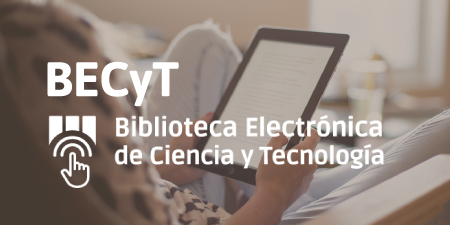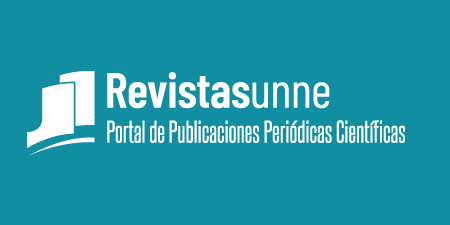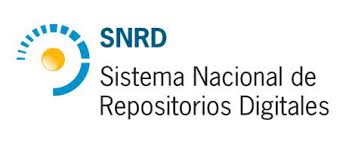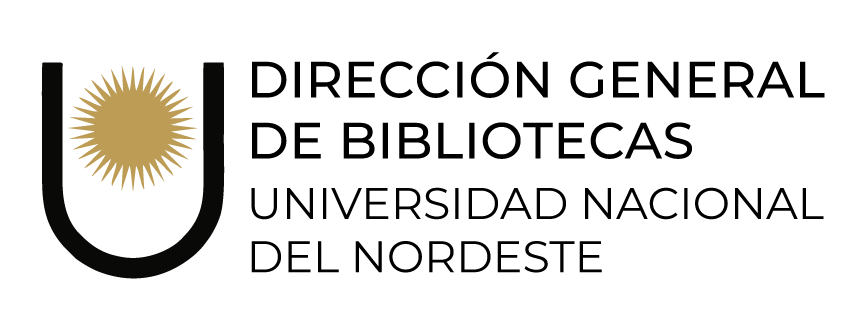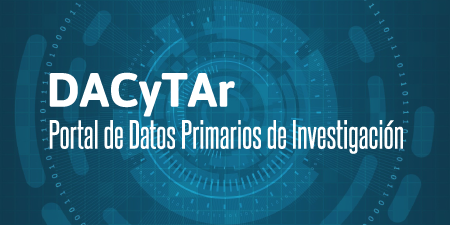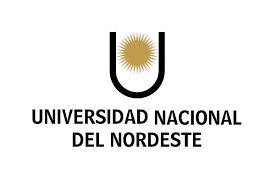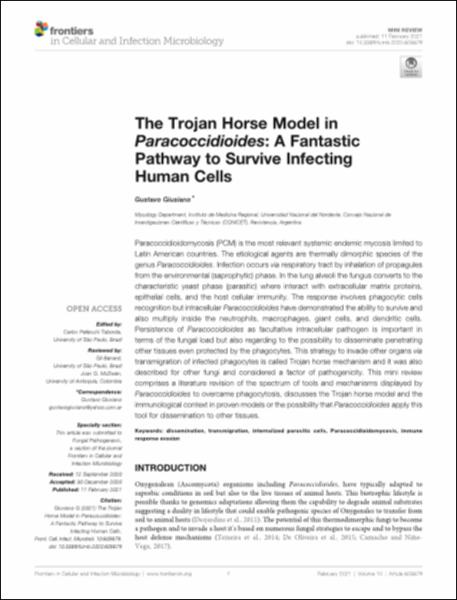Mostrar el registro sencillo del ítem
The trojan horse model in paracoccidioides : a fantastic pathway to survive infecting human cells
| dc.contributor.author | Giusiano, Gustavo Emilio | |
| dc.date.accessioned | 2022-03-10T18:05:29Z | |
| dc.date.available | 2022-03-10T18:05:29Z | |
| dc.date.issued | 2021-02 | |
| dc.identifier.citation | Giusiano, Gustavo Emilio, 2021. The trojan horse model in paracoccidioides : a fantastic pathway to survive infecting human cells. Frontiers in Cellular and Infection Microbiology. Lausana: Board, vol. 10, p. 1-9. ISSN-e 2235-2988. | es |
| dc.identifier.uri | http://repositorio.unne.edu.ar/handle/123456789/32490 | |
| dc.description.abstract | Paracoccidioidomycosis (PCM) is the most relevant systemic endemic mycosis limited to Latin American countries. The etiological agents are thermally dimorphic species of the genus Paracoccidioides. Infection occurs via respiratory tract by inhalation of propagules from the environmental (saprophytic) phase. In the lung alveoli the fungus converts to the characteristic yeast phase (parasitic) where interact with extracellular matrix proteins, epithelial cells, and the host cellular immunity. The response involves phagocytic cells recognition but intracellular Paracoccidioides have demonstrated the ability to survive and also multiply inside the neutrophils, macrophages, giant cells, and dendritic cells. Persistence of Paracoccidioides as facultative intracellular pathogen is important in terms of the fungal load but also regarding to the possibility to disseminate penetrating other tissues even protected by the phagocytes. This strategy to invade other organs via transmigration of infected phagocytes is called Trojan horse mechanism and it was also described for other fungi and considered a factor of pathogenicity. This mini review comprises a literature revision of the spectrum of tools and mechanisms displayed by Paracoccidioides to overcame phagocytosis, discusses the Trojan horse model and the immunological context in proven models or the possibility that Paracoccidioides apply this tool for dissemination to other tissues. | es |
| dc.format | application/pdf | es |
| dc.language.iso | eng | es |
| dc.publisher | Board | es |
| dc.relation.uri | 10.3389/fcimb.2020.605679 | es |
| dc.rights | openAccess | es |
| dc.rights.uri | http://creativecommons.org/licenses/by-nc-nd/2.5/ar/ | es |
| dc.source | Frontiers in Cellular and Infection Microbiology, 2021, vol. 10, p. 1-9. | es |
| dc.subject | Dissemination | es |
| dc.subject | Transmigration | es |
| dc.subject | Internalized parasitic cells | es |
| dc.subject | Paracoccidioidomycosis | es |
| dc.subject | Immune response evasion | es |
| dc.title | The trojan horse model in paracoccidioides : a fantastic pathway to survive infecting human cells | es |
| dc.type | Artículo | es |
| unne.affiliation | Fil: Giusiano, Gustavo Emilio. Universidad Nacional del Nordeste. Instituto de Medicina Regional; Argentina. | es |
| unne.affiliation | Fil: Giusiano, Gustavo Emilio. Consejo Nacional de Investigaciones Científicas y Técnicas. Centro Científico Tecnológico Conicet (Nordeste); Argentina. | |
| unne.journal.pais | Suiza | es |
| unne.journal.ciudad | Lausana | es |
| unne.ISSN-e | 2235-2988 | es |
Ficheros en el ítem
Este ítem aparece en la(s) siguiente(s) colección(ones)
-
Artículos de revista [62]

